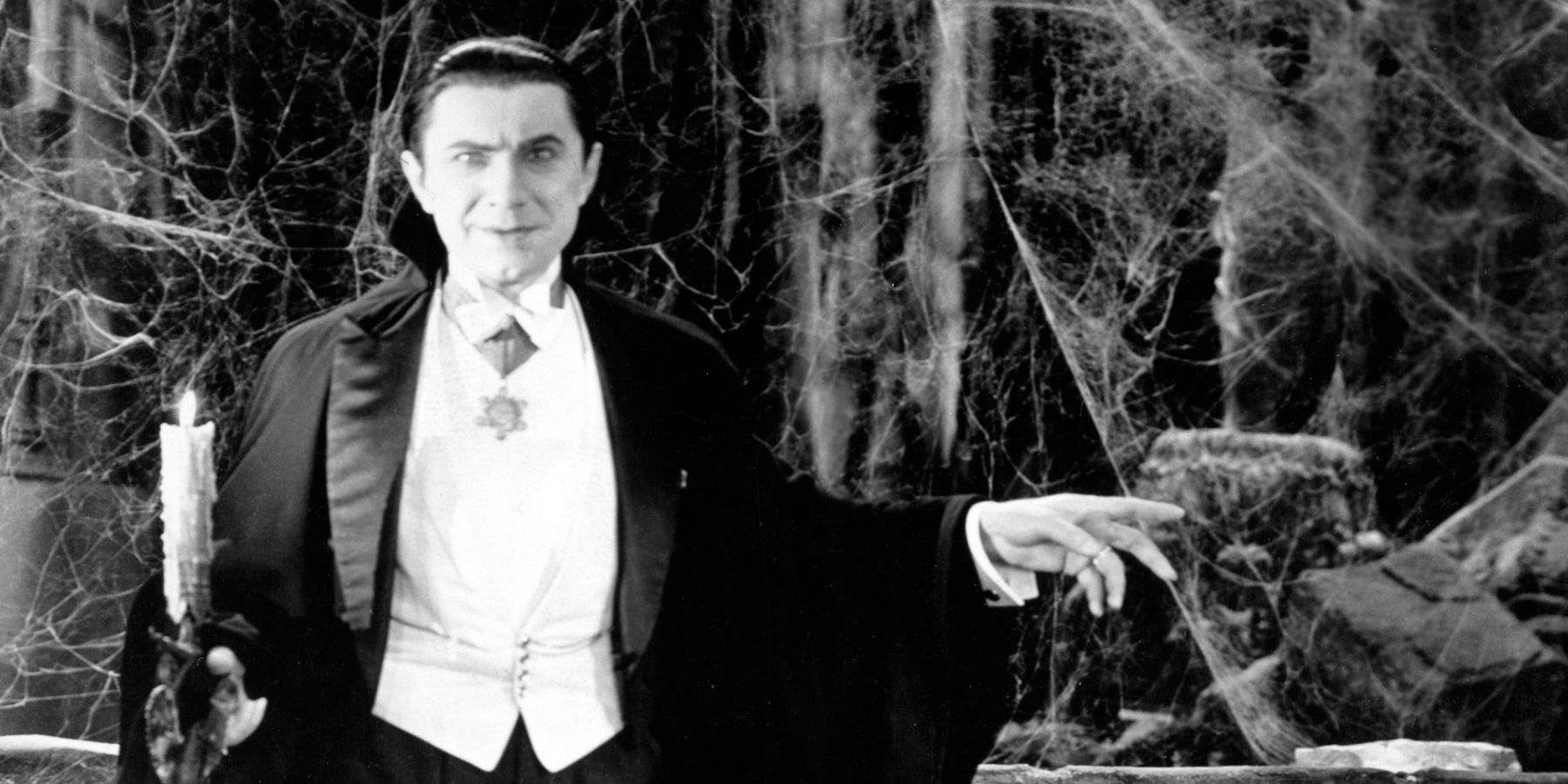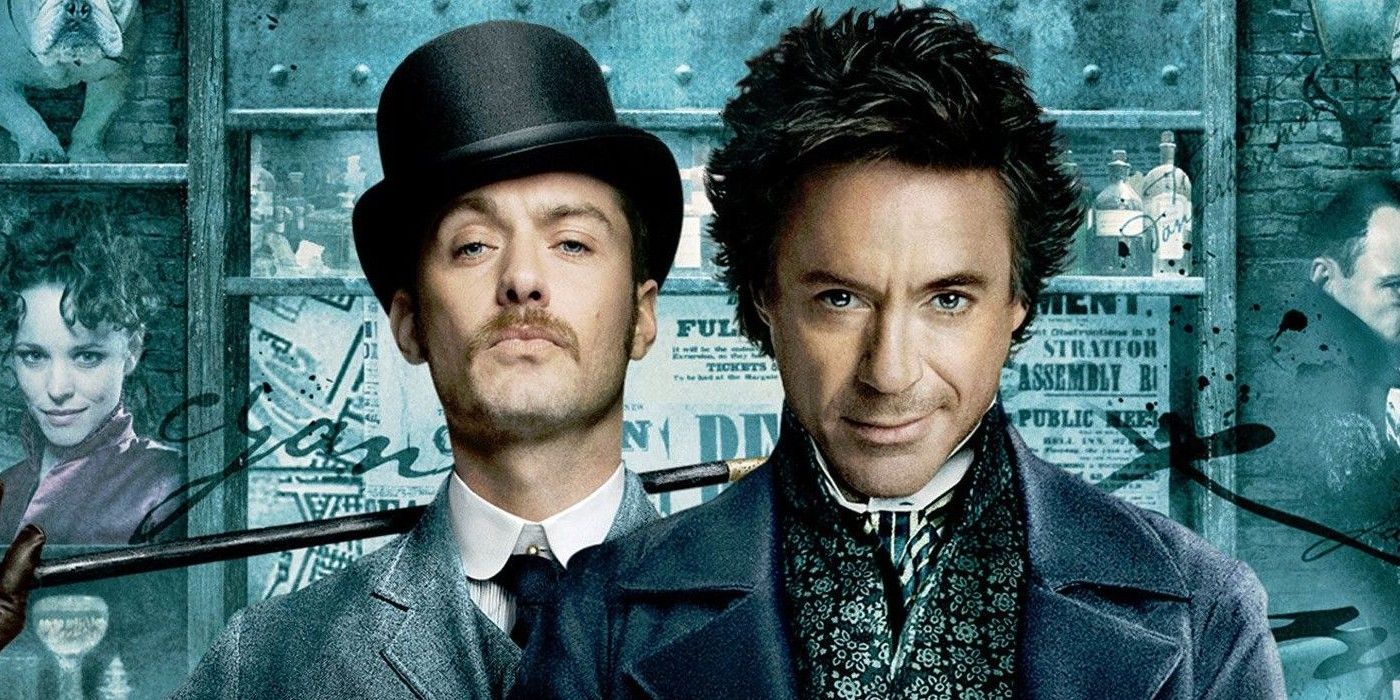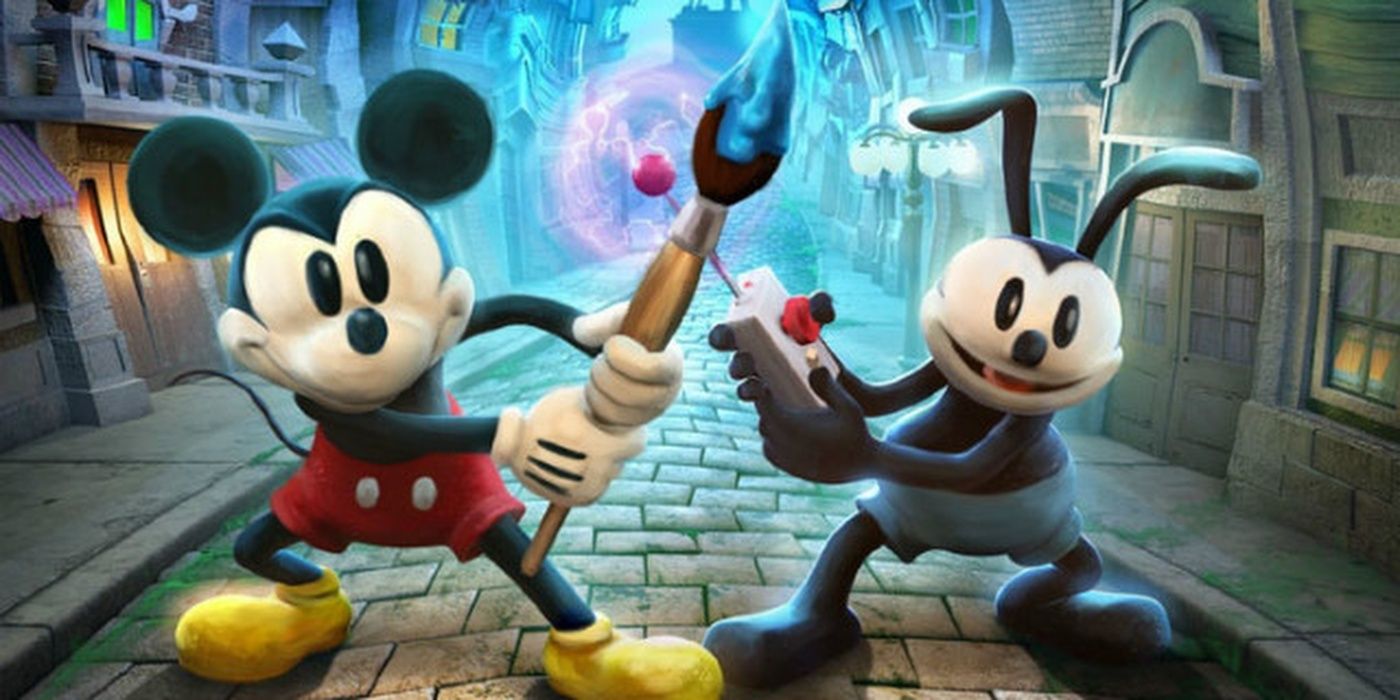It can seem like every popular character is owned by just a handful of big companies, from Disney's unwieldy empire to WB's ridiculous catalog. It can be helpful to remember that there are some characters that are owned by no one, and therefore, the property of everyone; those characters that find their way into the public domain.
The public domain, also known as commons, is the collected works that are not the property of any one exclusive rights holder. The rules vary from one country to the next, but there is a massive catalog of concepts, characters, and entire stories available to use in any context.
The copyright rules which govern what enters the public domain vary wildly from country to country, and have shifted even within the US over the years. Currently in the US, if a work was published before 1926, its in the public domain. Anything released between 1926 and 1989 is subject to a number of bureaucratic limitations that mean anything within that window could wind up in the public domain, if its copyright was not renewed. After 1989, the rule of thumb is that works are protected until the 70th anniversary of the author's death or the 95th of the publish date. Anyone exposed to those rules could likely come up with a very long list of works that should be in the public domain, but which works do wind up there are actually even more complicated.
The original canon of Sherlock Holmes was published from 1887 to 1927 in England by Sir Arthur Conan Doyle. This means all but a few Sherlock Holmes tales would typically be within the public domain in America, however, the Doyle estate disagrees. The 10 stories which were published after the deadline allowed the Doyle estate to argue that they retained ownership, but they were eventually defeated in that claim. All but six Sherlock Holmes stories are now within the public domain, and the remaining few are scheduled to enter within the next two years. Even so, the creators of last year's Enola Holmes was sued by the Doyle estate to challenge creative choices which differed from the original works. The estate lost this lawsuit as well, leaving the foundational detective stories firmly free for all to use.
Other works enter the public domain through more chaotic means. The entire catalog of H.P. Lovecraft is generally considered to be within the public domain, even though much of it came out after the 1926 deadline. This occurred because Lovecraft's will was not crafted properly to assign stewardship of his literary estate. To make matters worse, many of his associates put up a fight for control of Lovecraft's stories. Due to this mess of claims and misfiled paperwork, any person can use Cthulhu and his ancient family however they see fit.
Dracula, Frankenstein, Robin Hood, The Great and Powerful Oz, Zorro, and the entire pantheon of Greek, Roman, Norse, Egyptian and Arthurian myth are all long-time residents of the public domain. Countless other works exist in this free space for anyone to use at will, and most would argue that stories entering the public domain is a good thing, but owners tend to prefer to hold onto their rights. In fact, some of the best-known and most profitable characters in history are currently withheld from this freedom by a series of extensions put in place over the last several decades. Americans would have free and uninhibited access to some of the most beloved characters of our age if it wasn't for the actions of one company, Disney.
Mickey Mouse should have become public domain property in 1984, then again in 2003, but both times, Disney lobbied congress to avoid that fate. Mickey Mouse is a hugely profitable character and the face of the corporate monolith, which owns so much of the entertainment landscape. Thanks in large part to Disney, copyright and trademark law has choked the public domain, allowing tons of important characters to stay out of the hands of the people. The time limit on copyright was once only 56 years if regularly renewed, long enough for its creator to profit, to create new work, or to die off before the property becomes everyones. Disney, among others, got it extended to 75 years, then again to 95. This was done primarily to secure access to the mouse and his pals, but its knock-on effects have been incredible.
Nearly every major Marvel and DC character would be available for public use if it weren't for the decisions coerced by Disney. The implications are staggering, the MCU, the most profitable media empire in film history, would be accessible by any creator in the US. What makes this all the more infuriating, is that Disney would not be the powerhouse it is today without the public domain. Most animated Disney films are built from Grimm's Fairy Tales, Greek myth, Shakespeare's iconic works, or other pieces of the cultural tapestry that they can only use thanks to the institution they massively wounded.
Stories are important, all stories are based on the infinity of fiction that came before them and the idea that a company can just throw cash around and restrict creativity is anathema to the human pursuit of art. The public domain is one of the most important concepts in art because future generations and the artists of today should be able to create new worlds with the myth that inspired them to create.



